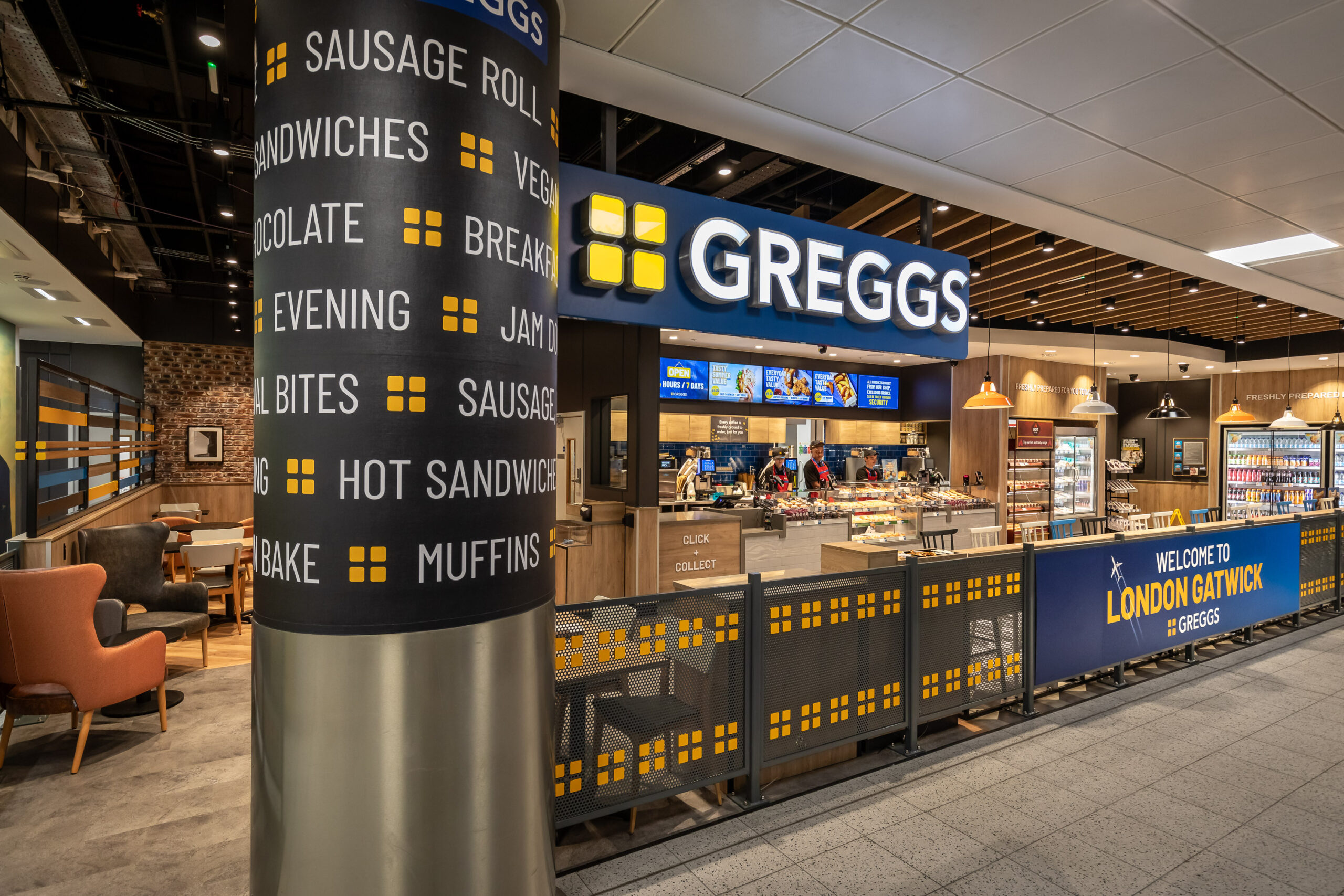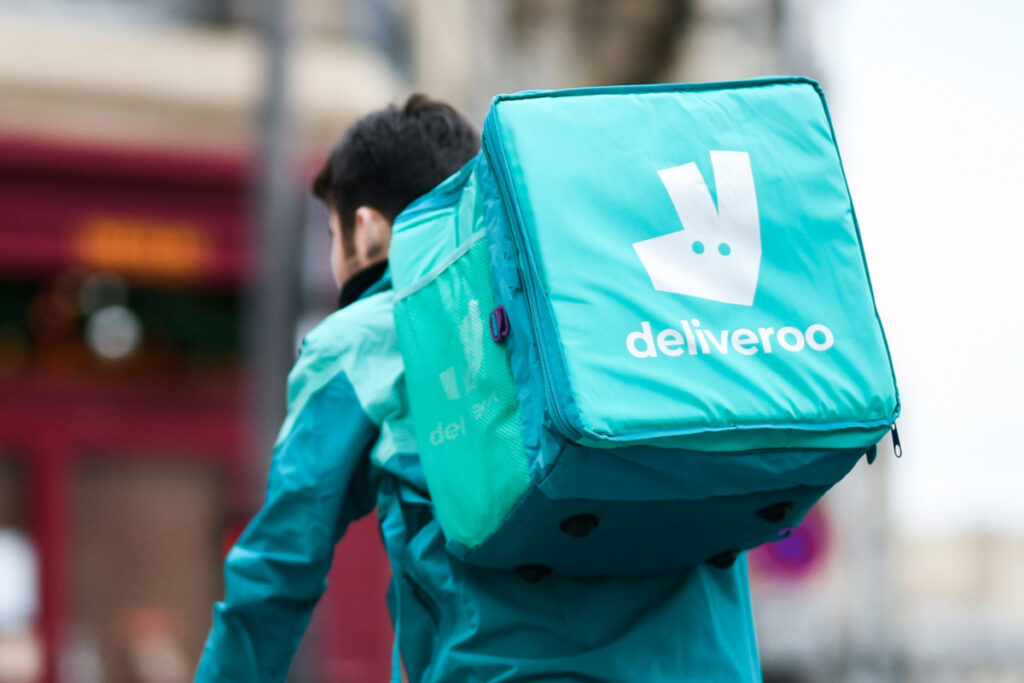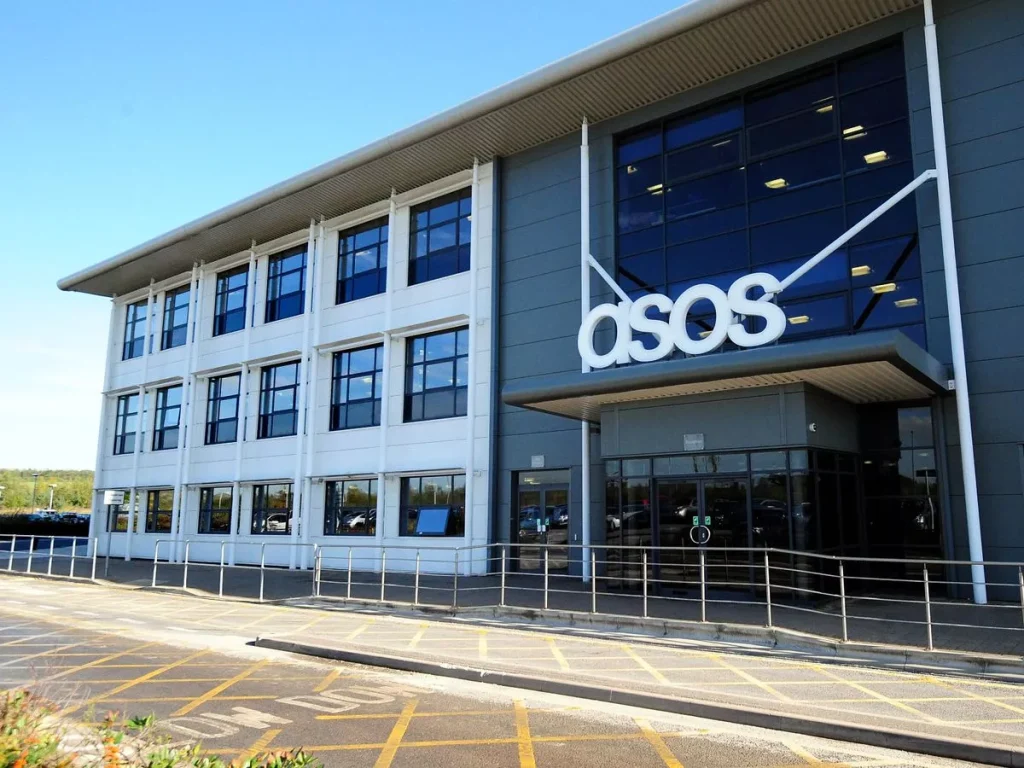John Lewis‘s recent announcement of its “JLAB” where start-ups can bid to help the company shape the future of retail is an indication of the changing world of shopping. Gone are the days when retailers could look to experienced and sage advisers. Now you need thrusting, fresh-faced folk many of whom have no experience of retail.
This may not be as surprising as it seems. The retail revolution of the past few years has not come about as a result of wise old retailers. A tech guy from Wall Street invented Amazon. AliBaba was started by an English Language teacher and Asos originated from people who were suppliers to the movie industry. Traditional retailers have not dominated online retail.
John Lewis is clearly looking towards the kinds of people who could help it move forward in the omnichannel world – people not held back by traditional thinking that often does not work in the Internet age.
For instance, one thing that a good retailer knows is that they have time to engage a customer. Stores use lighting, temperature, visual display and even tactile elements such as floor coverings, all of which are known psychologically to enhance sales. In the online world, none of that is in the control of retailers. On websites, all you get to control is the overall design and the imagery – the rest is out of your hands.
So too is the length of engagement. Many bricks and mortar retailers can measure this in terms of minutes. Brain studies of online shopper show that web engagement is measured in fractions of seconds. If online shoppers do not see what they want immediately, they are rapidly clicking to find an alternative store that does give them instant gratification.
The world of traditional retail is not set up for the immediacy we see online. It is somewhat alien, especially to retailers that pride themselves on a good customer experience from the moment they walk into a store. But the “I want it now” attitude of online shoppers is alive and well on the Internet in gaming, technology and social media development – areas that John Lewis may well be looking to.
Part of the problem is that traditional retailers have been left behind online, not realising that the psychological techniques that work in-store do not apply online. On the web, people are driven by the desire to get things done quickly and to make sure they have the best deal. In physical stores, for instance, shoppers trade the convenience of getting something at a high price against the need to trudge up and down the High Street to find a cheaper alternative. Online, however, people can price compare within a click or two and in the space of seconds.
Similarly, shoppers online want to make sure they are buying from the “right” company. They check, double check and triple check to make sure – all part of the psychology of minimising risk. In the world of traditional retail that checking is done face-to-face – do I trust this person selling to me? Online that is not possible and so shoppers can go through lengthy processes to make sure they are buying from a trustworthy source.
The traditional retail world is not used to people spending so long outside their stores, checking for trustworthiness or so little time inside their stores making buying decisions. The online shopper acts completely differently to the way they do in store and so following traditional consumer theory does not work online. John Lewis is therefore leading the way, looking outside of retail for new ideas.
Graham Jones, Internet Psychologist, is the author of “Click.ology: What Works in Online Shopping and How Your Business Can Use Consumer Psychology to Succeed” published by Nicholas Brealey Publishing.



























